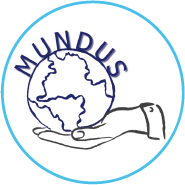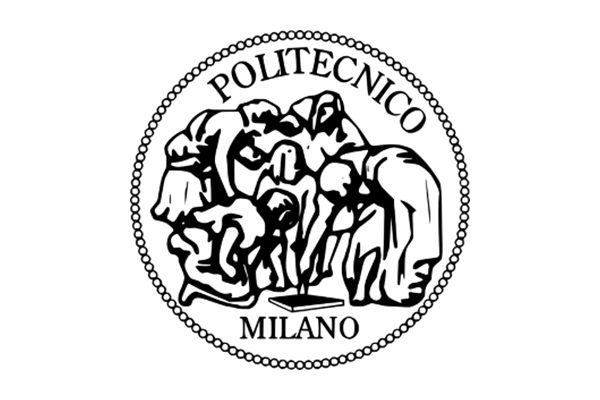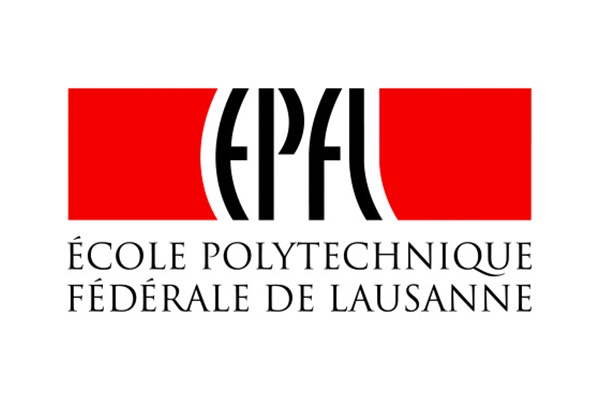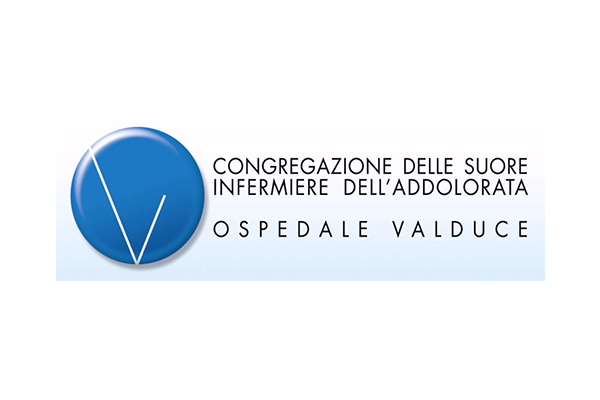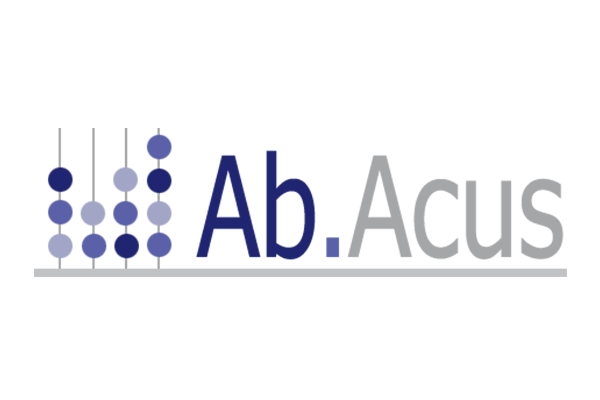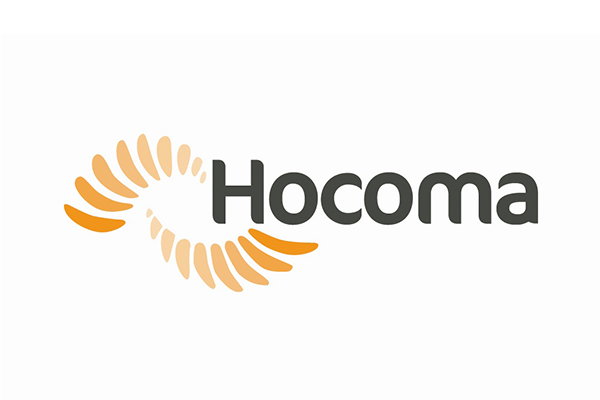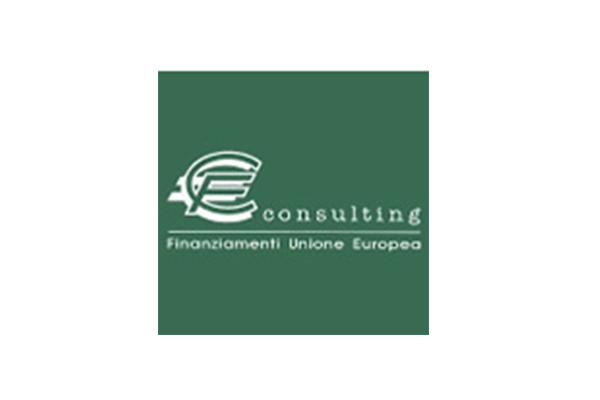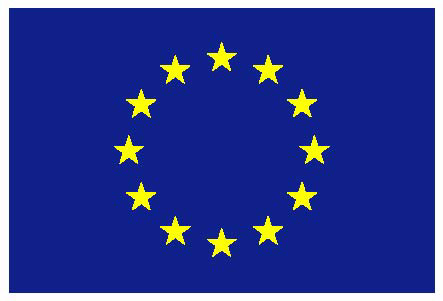Consortium as a whole
The consortium was composed by four national clusters: one from Italy, one from Switzerland, one
from Austria and one from Germany. The Italian cluster is composed by research groups,
industries and clinical entities.
POLIMI was the academic partner, expert in neuroprostetics, while
VALDUCE was involved, as clinical testbed, in the clinical evaluation of the system.
ABACUS a SME with wide expertise in rehabilitation engineering
and assistive applications was in charge of the daily life objects adapatation to be exploited by the system.
CF Consulting was expert in the management and
dissemination.
HOCOMA, from Switzerland, represented
the rehabilitation industry, their core business was on innovative robotic technologies
for rehabilitation. HOCOMA was committed to the exploitation of the system as a whole.
HOCOMA was sided by
ETHZ, and later on, EPFL, research groups with a strong background on the
design of biorobotic devices and neuroprostetics.
TUW had a
relevant biomechanical background.
In TUB, two main
expertise were exploited: BCI design and Adaptive learning control for NP.
FRAUNHOFER was involved in the evaluation phase.
